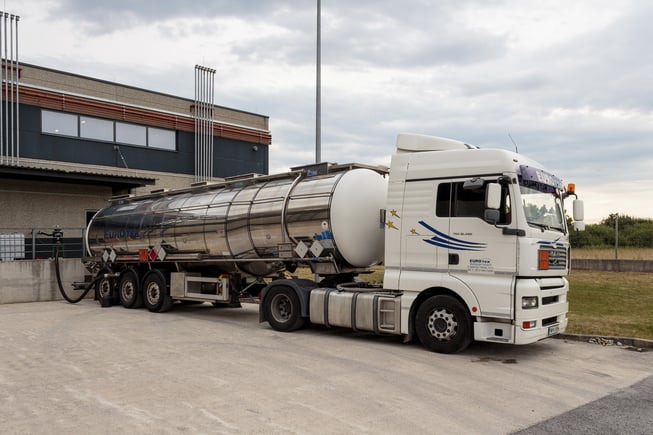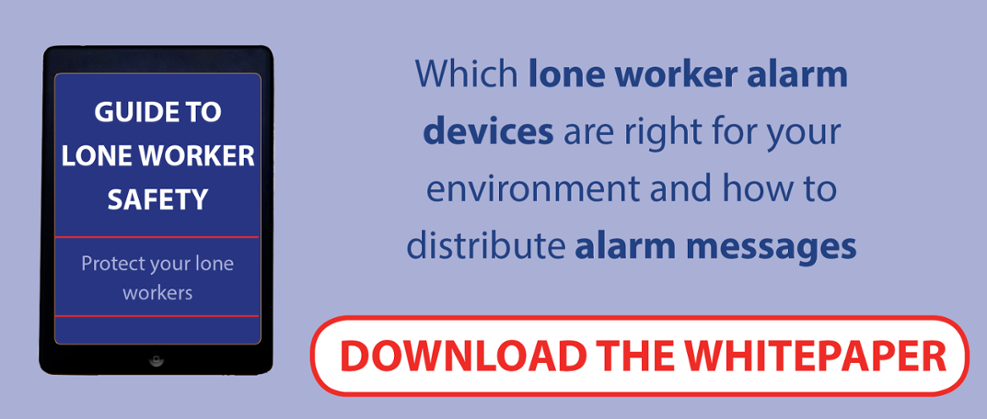
Health and safety is of upmost importance to fleet managers, with there being rules in place around the number of hours a driver can work and the amount of breaks they need to take in any given journey. There is also guidance on lifting and moving heavy goods. Additionally, fleets of lorries and vans are often fitted with GPS trackers to help businesses monitor drivers, as well as to know the location of vehicles and to help maintain the maintenance of them. Truck safety systems, including CCTV, and braking and stability systems are also fitted.
When it comes to lorry and delivery drivers however, it's rare for there to be more than one driver in a cab or van, and therefore, most regularly work on their own, without contact from another employee or supervision. This classifies them as lone workers. In fact, according to members of the British Security Industry Association (BSIA)’s Lone Worker section*, the groups facing the highest levels of risk are drivers, including those working in long-distance HGV road haulage as well as LGV or local delivery drivers.
Having lone workers means increased responsibility for fleet managers, and hauliers and distributors must evaluate the risk their employees are exposed to and ensure they are providing the right level of cover to ensure they are as safe as possible. There are two important initial questions for all employers; if something should happen to a driver, how would they know and what process is in place should an emergency arise?
Many drivers drive to locations all over the country, some to very remote locations and sleep in services and laybys when taking breaks. Whilst having trackers and CCTV on vehicles can tick a box in terms of health and safety and security, they aren't able to provide extensive protection to an employee when a vehicle is stationary. Many companies may check in with their drivers a few times a week, but what happens if an incident occurs in between this time?
Some companies my even go a step further and provide drivers with lone worker devices with tilt sensors that can alert a colleague to an incident. And though this is a step in the right direction companies shouldn’t just stop there as triggering an alarm doesn’t always mean help will arrive.
The reality is, employers have a duty of care to their employees and as the regulatory scrutiny of corporate health and safety measures increases, they must renew their efforts to ensure lone workers are adequately protected. The need to provide lone workers with the most appropriate systems of communication has never been greater. To progress, fleet managers should consider reviewing their current means of protecting lone workers – and take an holistic and inclusive approach to developing a more robust system. Through independent advice and thorough environmental analysis, organisations can best develop a customised approach that is fit for purpose.
With the right telecommunications partner, businesses can enhance employee safety quickly, efficiently and cost effectively.




